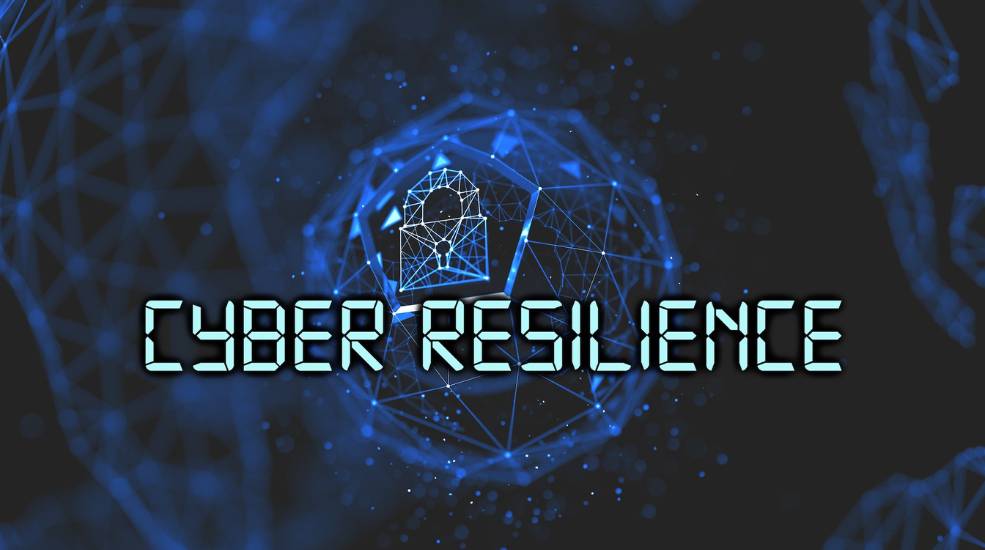In the new era of the internet, every company and organization is connected to the digital world. Cyber threats are also growing continuously. IT security and cyber resilience are some of the hottest topics nowadays. Cyber resilience comprises cyber security techniques, technologies, and practices to minimize the attack of cyber threats. An effective cyber resilience strategy ensures the security of organizations’ data, systems, and confidential information. Further, it safeguards organizations from financial losses and intellectual property thefts.
Cyber Security Risks and Resilience:
Cyber threats include malevolent activities and attacks on the organization’s computer systems, networks, or digital assets. These attacks are conducted for unauthorized access to the systems and information, upsetting services and operations, and damaging physical and digital assets. Organizations develop inclusive cyber resilience strategies and security protocols based on multiple functions and systems to counter these threats and risks. Cyber threats and resilience are stated below:
Assessment of risk and management:
Risk assessment helps identify the potential risks and vulnerabilities to organizations and their digital assets. Evaluation of risks enables the cyber security experts to formulate and develop the security protocols to protect the systems and information.
Developing Cyber security measures:
Cyber security measures include building firewalls, intrusion detection systems, antivirus programs, encryption, and security upgrades to protect the systems from cyber security attacks.
Quick response planning:
Quick response planning includes guidelines and SOPs to respond in case of a cyber attack. Steps and actions are defined to prevent cyber attacks and protect the systems.
Implementation of layers security protocols:
Multilayer security protocols are a new and practical approach. Implementing layered security protocols enables organizations to develop a foolproof cybersecurity plan. Multilayer security protocols ensure maximum protection and save the systems from data breaches.
Operations continuity and recovery plans:
Operations continuity and recovery plans include maintaining data backups, developing redundant systems, and continuously examining recovery procedures and protocols.
Develop strong access controls:
Organizations need to design and develop robust access control systems. Organizations should ensure authorized personnel can access systems, servers, data, and sensitive information.
Education and awareness:
Employee education and awareness sessions are to increase awareness of the latest cyber security threats and capacity building to protect the systems. Cyber security awareness sessions enhance employees’ basic knowledge of watching and reacting in case of cyber security attacks.
Collaboration and coordination:
Collaboration and coordination enable security experts to exchange threat intelligence and the latest updates about security protocols. It helps in learning from other experts in the community.
Regular updates and patch management:
Regular updates and patch management are essential to build effective firewalls and strengthen systems’ security. Such a regular updates enable the systems to stop the prevailing cyber security threats and vanish the system vulnerabilities against these threats.
Third-party risk management:
Third-party risk management enables the assessment of the security risks linked with third-party partners or vendors. This helps to manage these risks and develop resilience strategies.
Benefits of Cyber Resilience
Minimize the financial losses:
Cyber attacks may cause financial losses associated with cyber attacks. Robust cyber-resilient systems enable organizations to minimize financial losses due to cyber-attacks and security breaches.
Business and operations continuity:
Effective resilience strategy enables organizations to keep their business operations and services active in case of cyber attacks and security breaches. Business operations’ continuity is through robust security measures and effective recovery plans. It enables businesses to maintain the quality of their services and earn customers’ trust.
Protection of the reputation and trust of the organization:
Cyber attacks lead to financial and reputational losses. Cyber attacks may cause the leakage of customers’ and business partners’ personal information. That is why cyber-attacks impact the trust and reputation of organizations. Investing in building robust cyber security systems reflects the responsible behavior of organizations against the protection of data and sensitive information. It increases the trust of customers and business partners.
Compliance with regulations:
Privacy and data protection regulations are made to deal with increasing cyber security attacks. Developing and implementing resilience strategies helps the organization to comply with these regulations. These regulations ensure the protection of customer data and avoid legal penalties. It also provides compliance with evolving cybersecurity laws and regulations.
Protection of intellectual properties:
Cyber attacks are conducted to steal or damage the intellectual property of organizations and businesses. Stealing intellectual property has dangerous consequences. Cyber resilience systems and measures protect against illicit access, theft, or manipulation of intellectual property. It ensures systems protection, and organizations may keep their competitive edge alive.
Advanced response and recovery plan:
Well-defined incident response plans and SOPs enable the organization to respond swiftly in case of a cyber attack. It helps minimize the impact of cyber-attacks and ensures the quick recovery of systems. It empowers the resilience strategy to bear cyber attacks and safeguard the system’s continuity.
Proactive risk management system:
Organizations may mitigate the risks and avoid system vulnerabilities in cyber-attacks by implementing a proactive risk management system. A proactive approach enables the reduction of the impact of cyber-attacks and security breaches. A proactive approach enhances the security strength of systems.
Conclusion:
In the digital world, cyber security and resilience are essential to protect organizations’ systems, servers, sensitive information, and intellectual property. A robust resilience strategy is developed by assessing prevailing risks and developing a cyber security multilayer strategy—SOPs and strategies defined for operations continuity. Strong access controls are designed to access the main servers and sensitive information. Conducting continuous awareness sessions and sharing knowledge on common platforms enhance the capabilities of staff to handle complicated situations. Cyber resilience is the most critical and inevitable aspect of every organization. It enables the organization to minimize the risk of financial losses and protect its reputation. A well-defined cyber resilience plan ensures continuity of business and operations and compliance with cyber security laws. Further, it protects the organization’s sensitive information and intellectual property to maintain a competitive edge.


